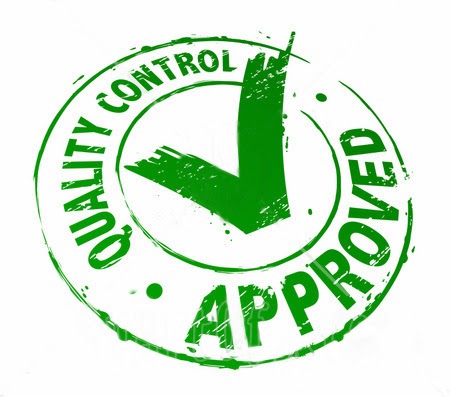MAKE-IT-SAFE MONDAY
It’s getting to the time of the year where we forget about the cold winter behind us and look ahead to the warm weather that spring brings with it. Walking home for lunch I hear the sound of water flowing down the sides of the streets and into the drain. That sound lets me know that the snow is melting and spring is on its way. The snow melting is nice but when it melts it can bring disaster. In some areas, especially those areas around rivers, the snow melting can lead to flooding conditions. Floods can also be caused by excess rain, or a dam or levee breaking. Floods can ruin lives, create millions of dollars in damages, ruin whole houses, destroy cars, and even be deadly.
What can be done to stop these terrible rising waters from harming you, your family, and your property? The biggest thing is to know if you are in a high risk location. If your house is located below sea level, like New Orleans for example, you are in danger of flooding. Being below sea level is not the only high risk area though. If you live in a town next to a river or if your house is close to a river you could be in a high risk location when spring comes along and the water level of the river rises. You can be away from bodies of water like rivers and oceans and still be at risk though. If your house is at the bottom of a hill or in the bottom of a bowl like formation, during a heavy rain fall you could still be in danger of flooding.
If you are in a higher risk area it is important to be prepared in case a flood was to occur. Things you can do are to sand bag. Many towns that are close to rivers that have been known to flood have volunteers filling and placing sandbags to form a wall to prevent the water from flowing into the town. If you live in a town like this it is important to do your part and help your community.
Things you can do to help yourself are to have an evacuation plan, have an emergency kit, and always try to have your essential electronics charged. Your evacuation plan should include having bags already packed, pets ready to go, and in a safe location. A flood emergency kit should include flash lights, radio, tarps, batteries, drinking water, first aid equipment, emergency blankets, plastic bags, and flares. For your electronics, such as a cell phone, it is important to have them charged and in plastic bags so the water doesn't damage them.
Once the waters are coming in it is important to follow safety protocol. Staying informed is very important; the radio in your emergency kit can help with that. Get to higher ground. It may seem obvious but if your house is flooding you have to leave and seek higher ground. It’s not worth endangering yourself or someone else staying in your house or going back for valuables.
Floods can be very dangerous, but if you are prepared you’ll be able to beat the flood and stay safe.
Dale Bromenshenkel
Demand Generation Specialist, Lift’n Buddy, a Southworth Company




